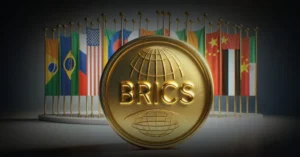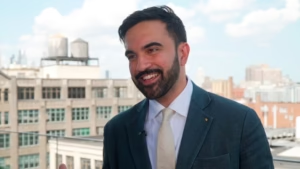Giza — The Grand Egyptian Museum has opened its long‑awaited Tutankhamun Gallery, allowing the public to view the young pharaoh’s golden coffin for the first time in over a century. The unveiling on November 4, 2025, drew thousands of visitors, underscoring the museum’s role as a global hub for cultural diplomacy and heritage preservation.
The gallery spans 7,500 square meters and houses more than 5,000 artefacts from Tutankhamun’s tomb, including his iconic golden mask, throne, chariots, sandals, and personal jewelry. For the first time since Howard Carter’s discovery in 1922, the entire collection has been brought together under one roof, offering a comprehensive narrative of the boy king’s life and reign.
Tutankhamun ascended the throne at the age of nine and ruled during Egypt’s New Kingdom before his sudden death at nineteen. His burial chamber in Luxor contained three nested coffins, the innermost crafted from pure gold and weighing 110.4 kilograms. This coffin, now displayed at GEM, is regarded as one of the most iconic archaeological treasures in human history.
Officials describe the exhibition as a landmark in Egypt’s cultural leadership. Issa Zidan, Director General of Restoration and Transport at GEM, called the moment “historic,” emphasizing that the collection symbolizes the grandeur of ancient Egyptian civilization. The display also reflects Egypt’s broader strategy to leverage heritage as a form of soft power, attracting global tourism and reinforcing national identity.
From a governance perspective, the Tutankhamun Gallery illustrates how cultural institutions can serve as instruments of diplomacy. By consolidating artefacts of immense historical value, Egypt positions itself as a custodian of world heritage, while simultaneously boosting economic growth through tourism. Analysts note that the GEM’s opening strengthens Egypt’s role in shaping global narratives about history, identity, and preservation.









